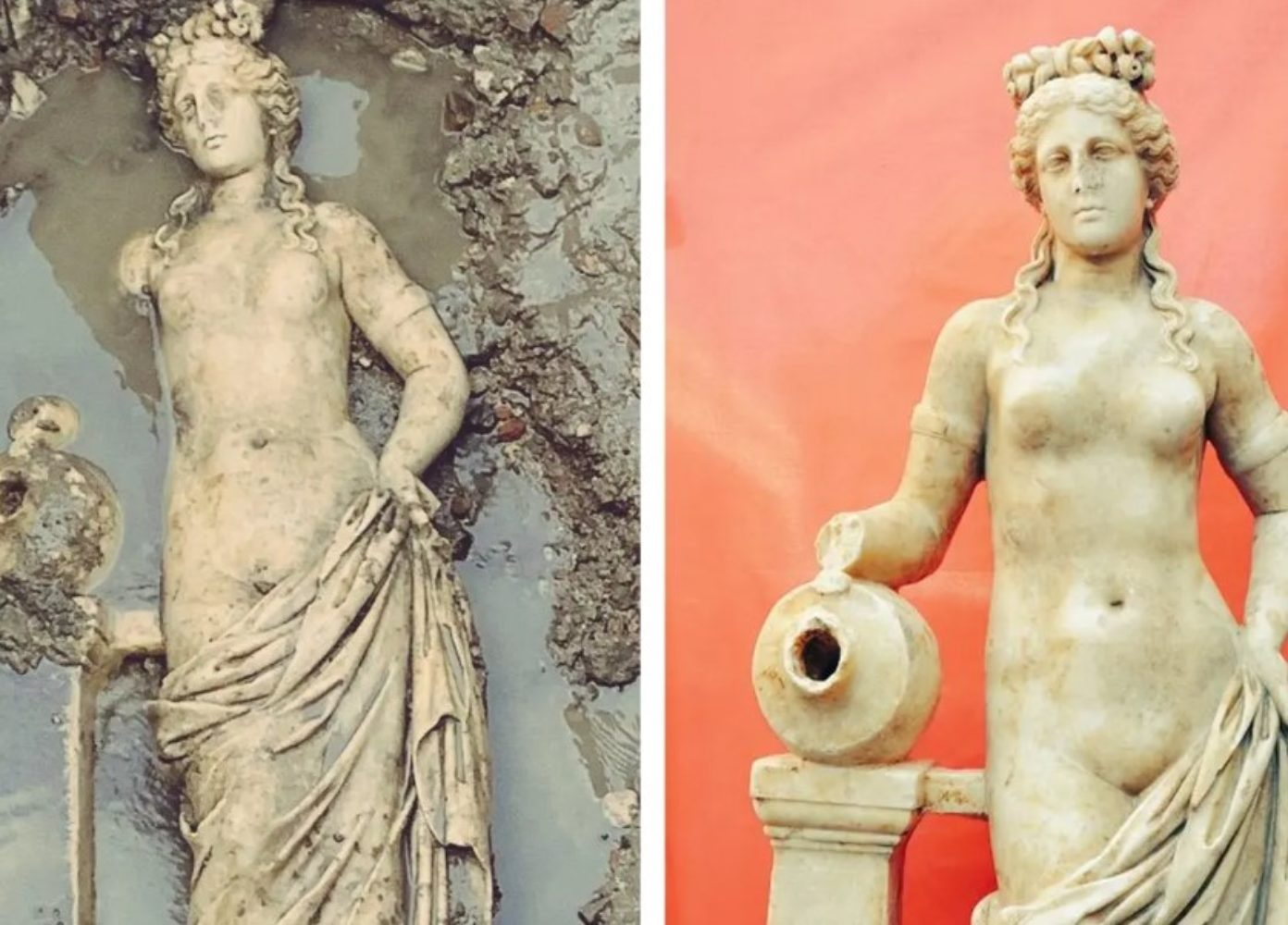Thracia had been
annexed by Philip II in his efforts to extend the power of the Macedonian
kingdom and to safeguard its borders. After his death, Alexander had to stamp
his authority and his rule over the many tribes once again all the way to the
mighty
One would expect the northern tribes to live on happily thereafter, especially since Alexander took a substantial contingent of Thracians with him as far as India and back under the command of their general Sitalces (see: Sitalces, commander of the Thracians).
However, the many Thracian tribes never united and kept fighting among themselves putting their individual interests above all. It was one of Antipater’s tasks, as Regent of Macedonia, to enforce the peace.
Ancient
historians have left us very little information about what happened in Alexander’s
homeland while he moved ever further east. One governor of
Unfortunately,
the only reliable source of Zopyrion
comes from Curtius. He simply stated
that the governor made an expedition against the Getae and that his army was overwhelmed by sudden tempests and gales. At that time, about 324 BC, Alexander
was in
However, another much less trustworthy story is told by Justin. This one circulates widely on the internet, mostly repeating the content of the Wikipedia page.
Justin, in full Marcus Junianus Justinus, probably lived in the 2nd/3rd century AD and got a hold of the 44 books called the Philippic Histories by Pompeius Trogus that are now lost. Justin decided that Trogus’ history was far too voluminous and he wrote his own abridged version. Sadly, accuracy was not Justin’s strong point and he was not very concerned about his sources or the chronology of the events already a weak point in Trogus’ account.
As a result, the
vivid description found on Wikipedia
and the like is fraud with pitfalls. Here, Zopyrion
is said to have assembled an army of 30,000 men. He started his march along the
southern banks of the Black Sea and laid siege on Olbia, a colony of






